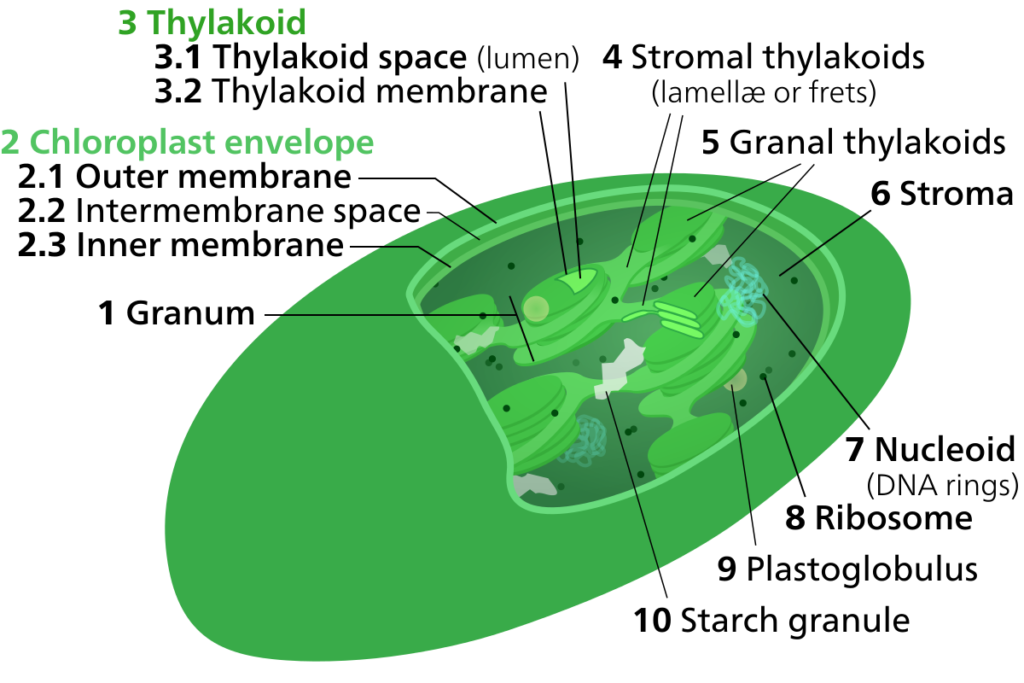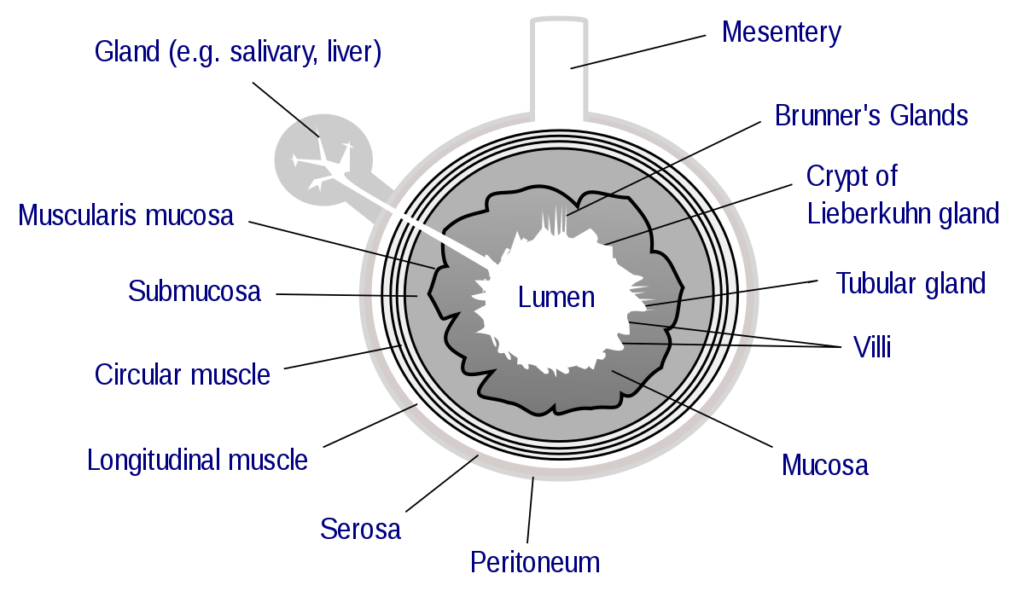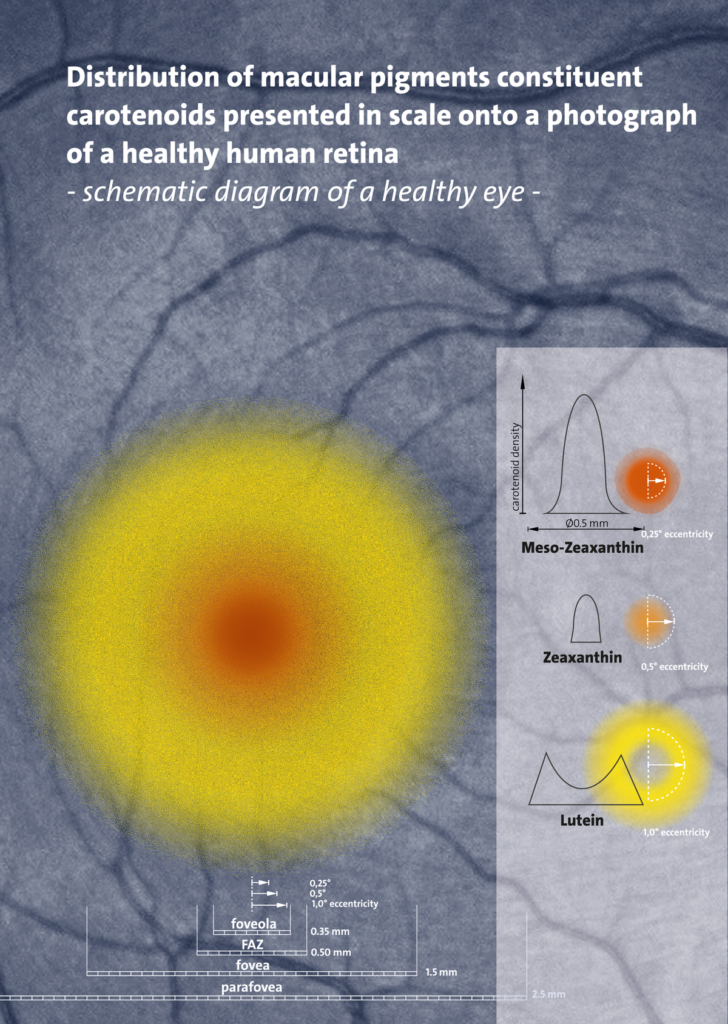PHOTOSYNTHESIS IN HIGHER PLANTS
True (T) or False (F)
- Chlorophyll a protects chlorophyll b from photo-oxidation.
- All typed of chlorophyll molecules along with carotenoids form the reaction centre.
- PS I and PS II are named in the sequence in which they function during light reaction and not in the sequence of their discovery.
- The electrons released from PS II gets used up in Electron Transport System.
- Reaction centre of PS I is termed as P700 and of PS II is termed as P 680.
- An uphill transport of electrons in light reaction produces NADPH+ H+.
- Photosynthesis is a chemical process only.
- The first action spectrum described by T.W Engelmann represents the absorption spectra of chlorophyll a and b.
- Membrane system of chloroplast is responsible for the synthesis of sugars whereas the matrix part is responsible for trapping of light energy.
- Chloroplasts align themselves perpendicular to the walls of mesophyll cells, such that they get the optimum quantity of incident light.
- Ingenhouse showed that the green parts of the plant release oxygen.
- The proposition given by Cornelius van Neil is later proved by radio-isotopic techniques.
- Wavelengths at which there is maximum absorption by chlorophyll b, also shows higher rate of photosynthesis. Thus, it can be concluded that chlorophyll b is the chief pigment associated with photosynthesis.
- One water molecule is splitted to produce one molecule of oxygen.
- Z-scheme is based on arrangement of all carries used in light reaction based on their redox potential scale.
- Electron acceptor of PS I has greater redox potential than its LHC.
- The proton gradient is broken down due to the movement of protons across the membrane to the stroma through the extrinsic channel CF0 of the ATP synthase.
- pumping of protons across the membrane to create a gradient is a passive process.
- Out of three, two products of light reactions are utilised in biosynthetic phase, while one diffuses out.
- After world war I, Melvin Calvin used radioisotope techniques to prove that first CO2 fixation product was a five-carbon organic acid.
- Reduction step of C3 cycle involves utilisation of three molecules of ATP for reduction and two of NADPH for phosphorylation per CO2 molecule fixed.
- To meet the difference in number of ATP and NADPH used in dark reaction, the cyclic phosphorylation takes place.
- Living organisms have the capability of extracting energy from oxidisable substances and store this in the form of bond energy.
- Cyclic photophosphorylation occurs when light of wavelengths below 680 nm available for excitation.
- Stroma lamellae membrane lacks PS II as well as NADP reductase enzyme.
- Protons that have are produced by the splitting of water accumulate within the intermembrane space of the thylakoid.
- When primary acceptor of electrons passes on its electron to the electron carrier o the inner side of the membrane the proton is released into the inner side or the lumen of the membrane.
- In mitochondria, proton accumulation takes place inside the inner membrane while in chloroplast, proton accumulation takes place outside the inner membrane.
- Primary acceptor of electron which is located towards the outer side of the membrane, transfer its electrons to a proton carrier.
- Protons required for the reduction of NADP+ is added to the stroma.
- NADP reductase is located on the lumen side of the thylakoid membrane.
- Chemiosmosis requires a membrane, a proton pump, a proton gradient and ATP synthase.
- Diffusion of protons back to stroma activates ATP synthase enzyme in chloroplasts for the formation of ATP.
- Immediately after light becomes unavailable, the biosynthetic process stops.
- ‘Krans’ is a reflection of arrangement of cells.
- Reduction step is crucial if the cycle is to continue uninterrupted.
- Calvin pathway occurs only in C3 plants.
- Bundle sheath cells characterized by having low number of chloroplasts, no intercellular spaces and thin walls impervious to gaseous exchange.
- C4 acid from the mesophyll is broken down in the bundle sheath cells to release CO2 to increase the interacellular concentration of CO2.
- Current availability of CO2 for plants is not limiting to C3 plants.
- PEPcase is the most abundant enzyme in the world.
- Increase in concentration of CO2 upto 0.05% can cause an increase in CO2 fixation rates.
- Binding of O2 and CO2 to RuBisCO is non-competitive in nature.
- In photorespiratory pathway, ATP is not synthesized but synthesis of sugars takes place.
- Light quality, light intensity and the duration of exposure to light are all the qualities associated with light in order to understand the impact of light on photosynthesis.



ANSWER
1. (F) 2. (F) 3. (F) 4. (F) 5. (T) 6. (F) 7. (F) 8. (F) 9. (F) 10. (F)
11. (T) 12. (T) 13. (F) 14. (F) 15. (T) 16. (T) 17. (F) 18. (F) 19. (T) 20. (F)
21. (F) 22. (T) 23. (T) 24. (F) 25. (T) 26. (F) 27. (T) 28. (F) 29. (T) 30. (F)
31. (F) 32. (T) 33. (T) 34. (F) 35. (T) 36. (F) 37. (F) 38. (F) 39. (T) 40. (F)
41. (F) 42. (T) 43. (F) 44. (F) 45. (T)
- Photosynthesis is the biochemical process by which green plants, algae, and some bacteria convert light energy, usually from the sun, into chemical energy stored in glucose molecules. This process releases oxygen as a byproduct.
- Photosynthesis consists of two main stages: the light-dependent reactions and the light-independent reactions (Calvin cycle). During the light-dependent reactions, light energy is captured and used to generate ATP and NADPH. In the Calvin cycle, carbon dioxide is fixed and converted into glucose using ATP and NADPH.
- Chlorophyll is a pigment molecule that absorbs light energy during photosynthesis. It is responsible for giving plants their green color. Chlorophyll molecules are embedded in the thylakoid membranes of chloroplasts and play a central role in capturing light energy for photosynthesis.
- Photosynthesis plays a crucial role in mitigating climate change by absorbing carbon dioxide from the atmosphere and converting it into organic carbon compounds. Forests, oceans, and other photosynthetic ecosystems act as carbon sinks, helping to regulate Earth’s carbon cycle and atmospheric CO2 levels.
- Examples of photosynthetic adaptations in plants include sun leaves with thicker palisade mesophyll layers for light capture in high-light environments, shade leaves with larger surface areas and more chlorophyll for efficient light capture in low-light environments, and CAM (Crassulacean Acid Metabolism) and C4 photosynthesis in plants adapted to arid and hot environments.